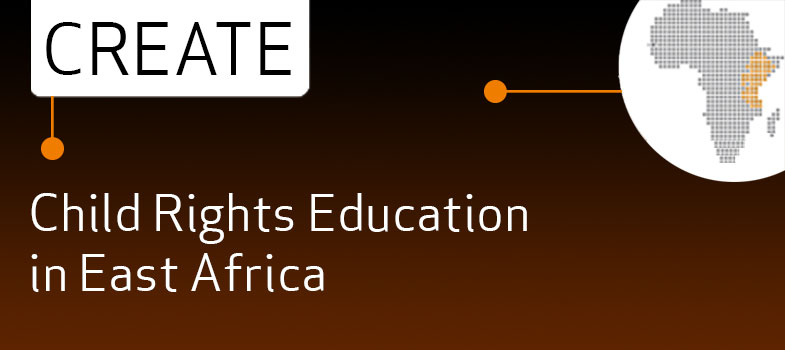Article 17: Ensuring that the child has access to age appropriate information
Children can only make meaningful decisions if they have access to relevant information. As a health worker, you can play a key role by ensuring that children have appropriate information to help them make healthy choices in their lives. For example, information on how to keep healthy, how to avoid risks, information about sexual and reproductive health and HIV/AIDS, illegal drugs and alcohol, diet and nutrition. You could be involved, in collaboration with young people, in developing preventive and promotional materials on health to disseminate within your local community. If children are ill, you need to provide them with information about the nature of the condition, the symptoms, the treatments needed, the implications of those treatments, and how to avoid further problems. Such information enables them to appreciate the importance of the decisions they make and empowers them to make safe choices in the future.
We are told what the meds are for what but never ever been told about side effects.
Doctors don’t want to be being asked questions. They say: ‘Who is the doctor, you or me?’
We are never given the chance to ask.
(From the consultation undertaken in Tanzania for the development of this module)
Activity 1.3: Participation in the African context
Read the article below (adapted from Lansdown, 2011, p. 17) and then answer the two questions that follow.
If you are working in a group discuss your opinions afterwards..
Understanding participation in the African context
Participation of children as stated in the Articles of the UN Convention is sometimes seen as foreign, superficial and alien to the African culture. In any discussions on participation of children, it brings out political, cultural, social and emotional concerns and divides. It can be viewed as a threat to parental authority, and an intrusion on the authority of the family head in particular.
In the past, many African traditions encouraged child participation without realising that they were doing so – making it possible for children to access useful information and contribute to decisions. Sitting round the fire, sharing folklore, stories and songs, elderly people gave children the opportunity to participate actively. This included questions and answers, the sharing of opinions and personal interpretation of the messages in a story. Dances within the community also prompted discussions around cultural practices and morals. While some of these forums had negative aspects such as encouraging stereotyping, early marriage and the subordination of women, they nevertheless did solicit the views of children.
While child participation has been practiced in the African context for decades, this form of participation in traditional African society is beginning to disappear because modern-day living has led to the loss of these practices.
These days, while many adults believe that children have rights to life, health and education, many are not convinced that children have the right to participate in decisions affecting them, their family or their community. Child participation is often restricted because African family relationships can be divided into categories with role expectations clearly defined. In some communities children are not allowed to speak among adults without permission as doing so may bring disgrace on the parents.
Children’s rights are enshrined in the UN Convention, which was developed outside East Africa. However the Convention has been interpreted and incorporated into the African Charter on the Rights and Welfare of the Child, which has been accepted by African governments as good principles for all African countries (Ministry of Gender, Labour and Social Development, 2008).
Questions
- What can you learn from this article?
- How could you use positive traditional practices to enhance children’s participation in your country or community?
Discussion
- This article suggests that children’s participation is often viewed as an imposition from outside African culture. It is seen as an alien concept that challenges traditional ways of relating to children. However, you will also have learned that, in fact, many traditional practices in Africa did involve listening to children. Story-telling, sharing traditions, sitting together around the fire, all provided opportunities for children to talk with elders and share experiences. What is missing is a way of linking these traditional practices with the modern language of the UN Convention. The article highlights the fact that there is no real conflict between the values of the Convention and African culture. The similarities between the UN Convention and the African Charter provide evidence of the compatibility of the values.
- You could begin to think about traditional practices within your own community that might have involved children, and then explore how they might be used to help strengthen understanding of their value and how they might be applied in the current context of children’s lives. For example, in some communities, children and young people have expressed concern that traditional rites of passage such as male circumcision place boys’ health at risk, particularly in areas where there is a high rate of HIV/AIDS. Instead of ignoring those concerns, it may be possible to bring different members of the community together in a ‘circle’ to discuss the issues. Some elders may feel it is threatening to their culture and authority to change these traditions whereas young people may feel it is more important to stay healthy than to preserve traditions. By bringing generations together to listen to each other, it may be possible to find a way of maintaining the important rite of passage but doing so in a way that is safer and does not place boys at risk.
Article 16: Respecting confidentiality and the right to privacy
